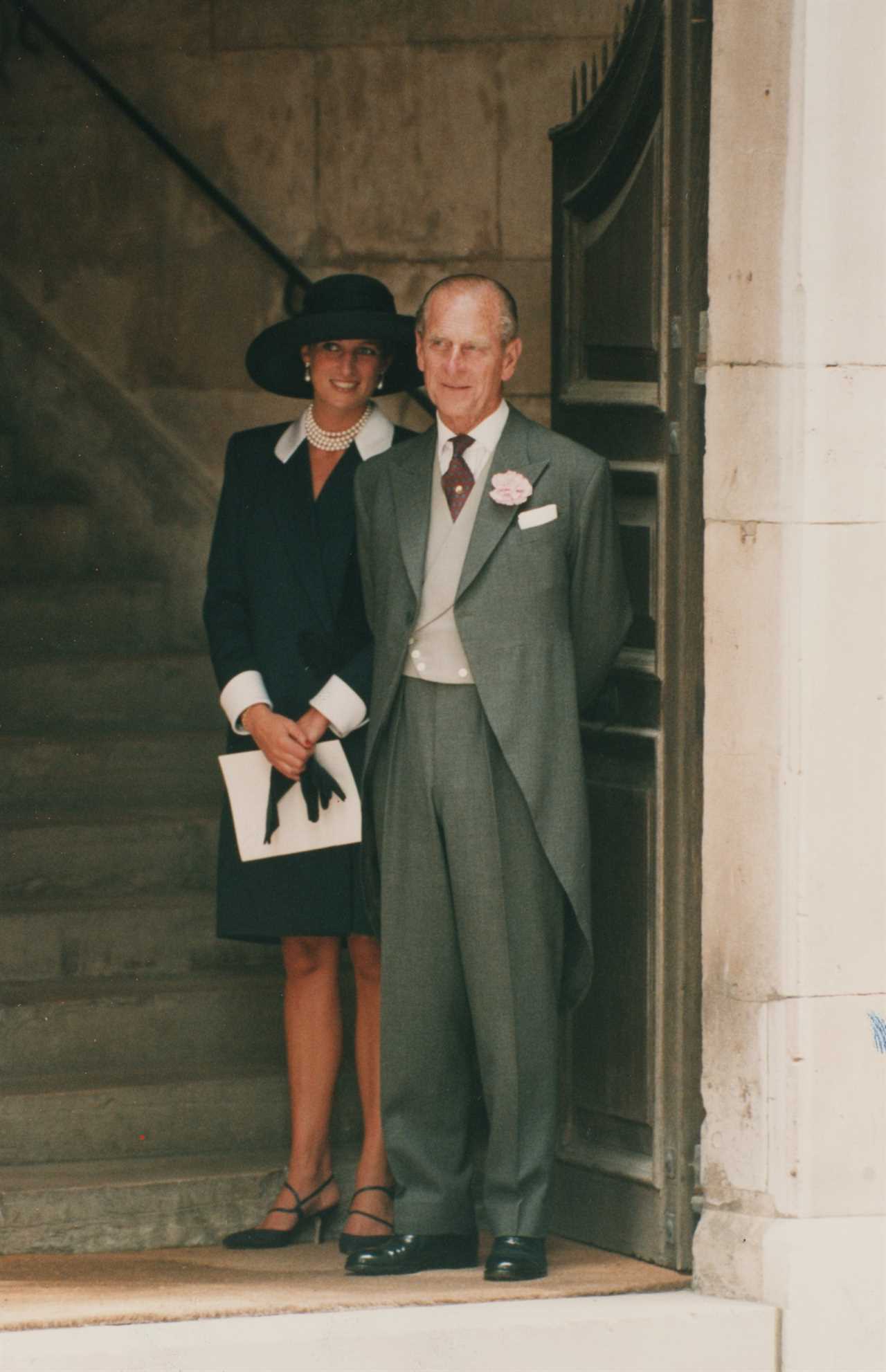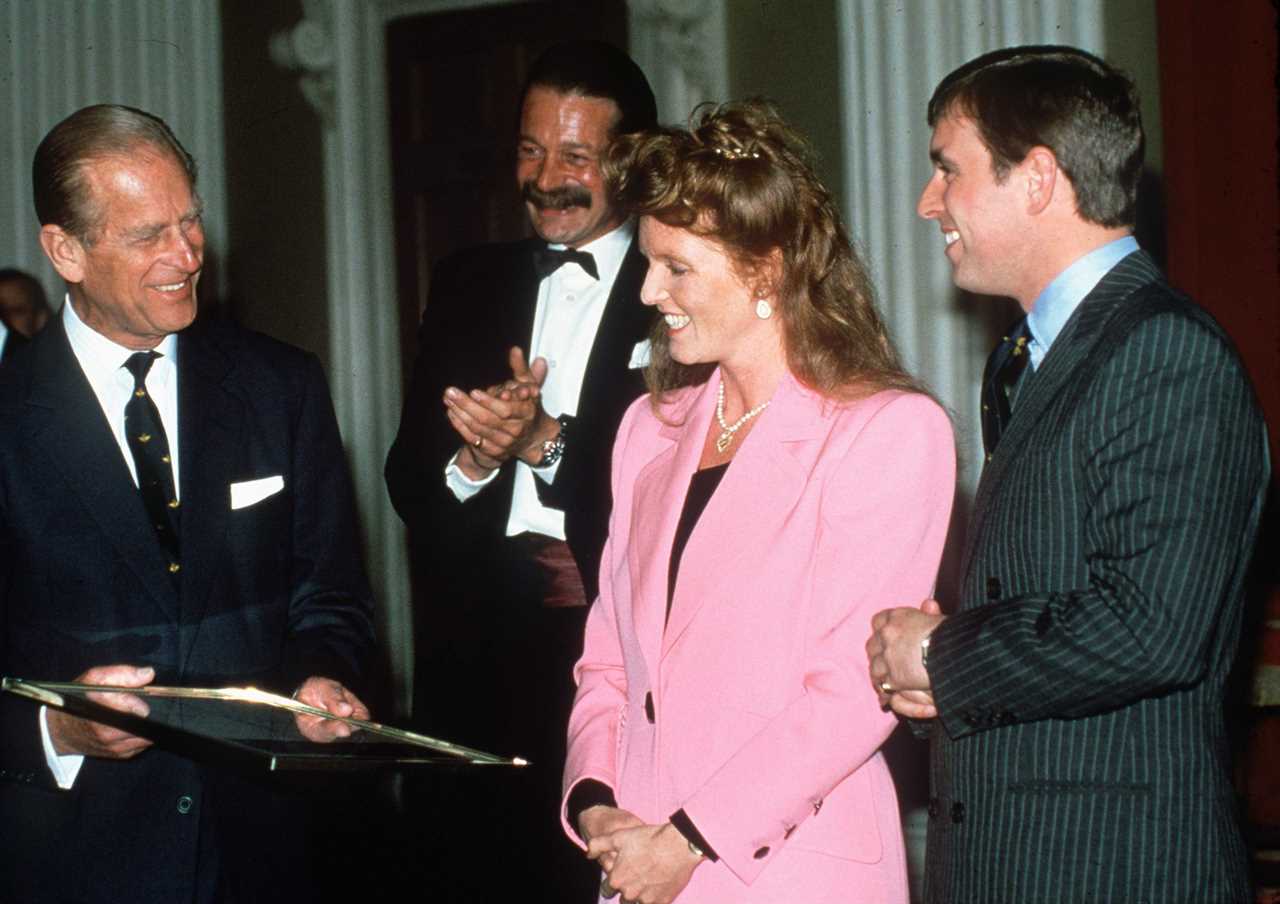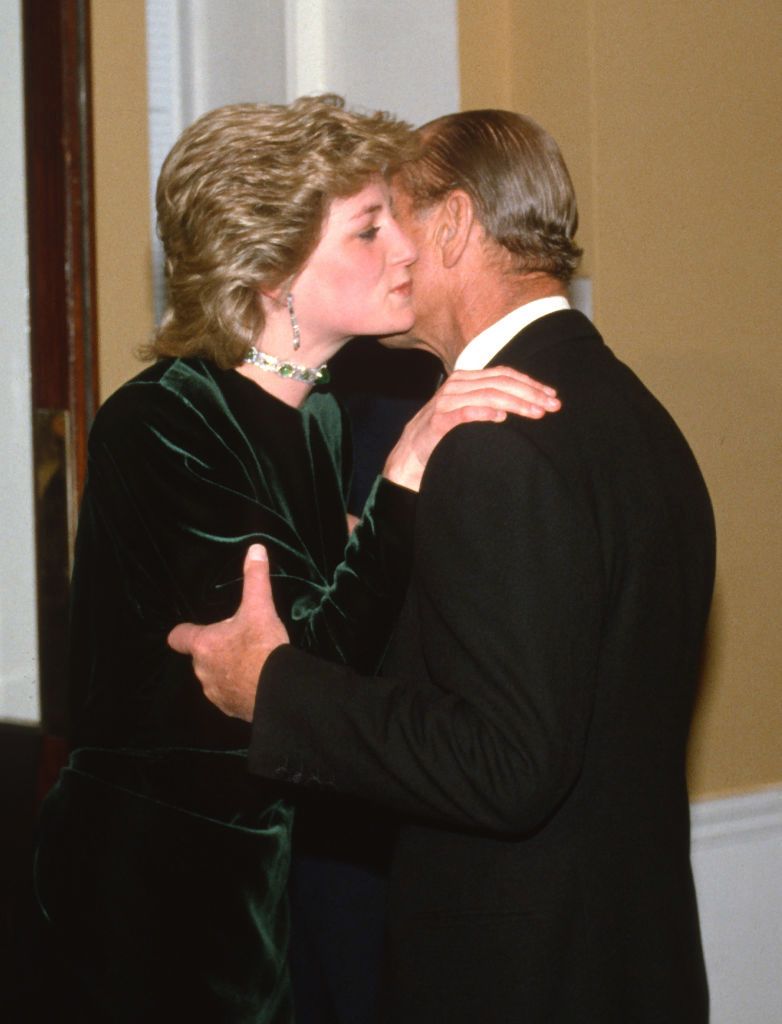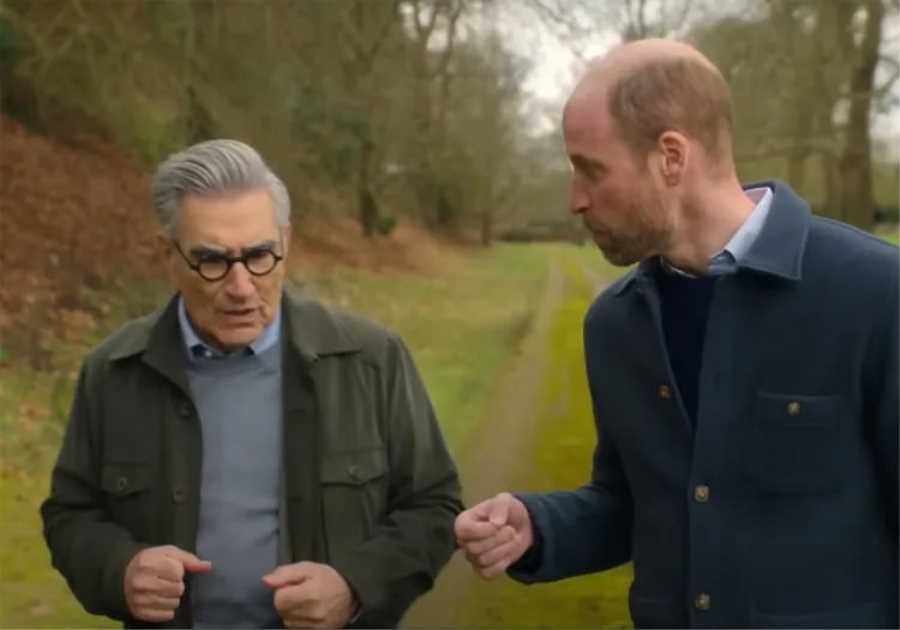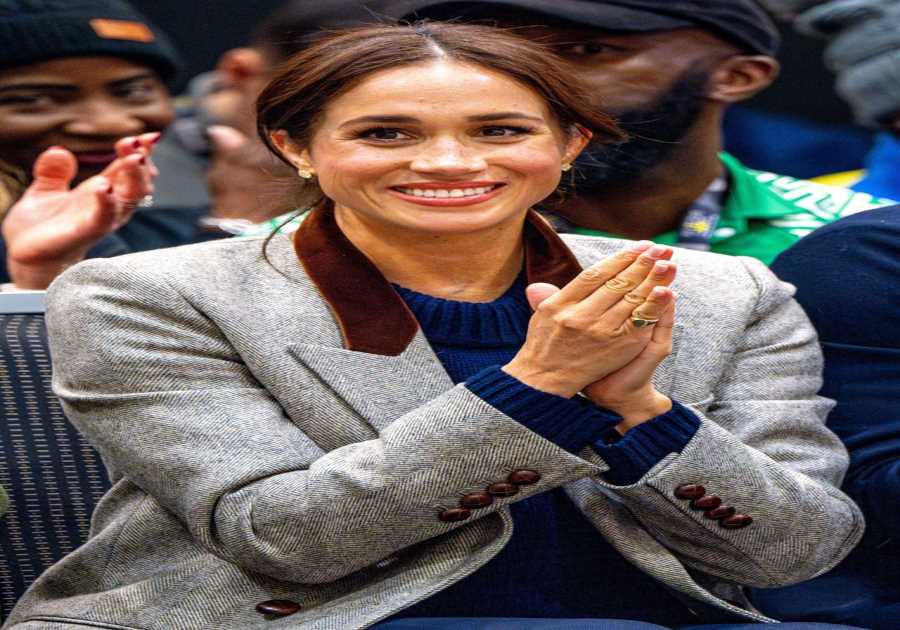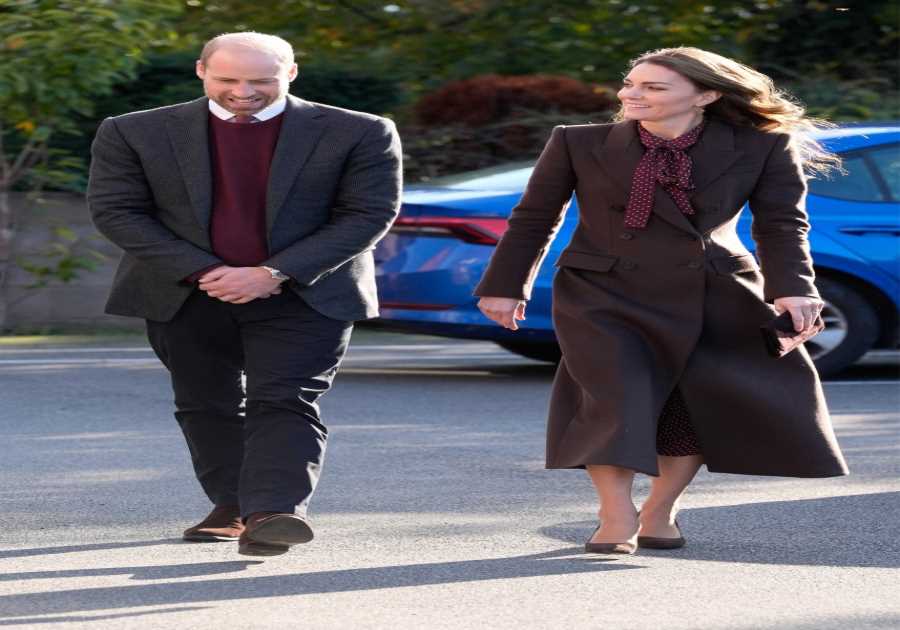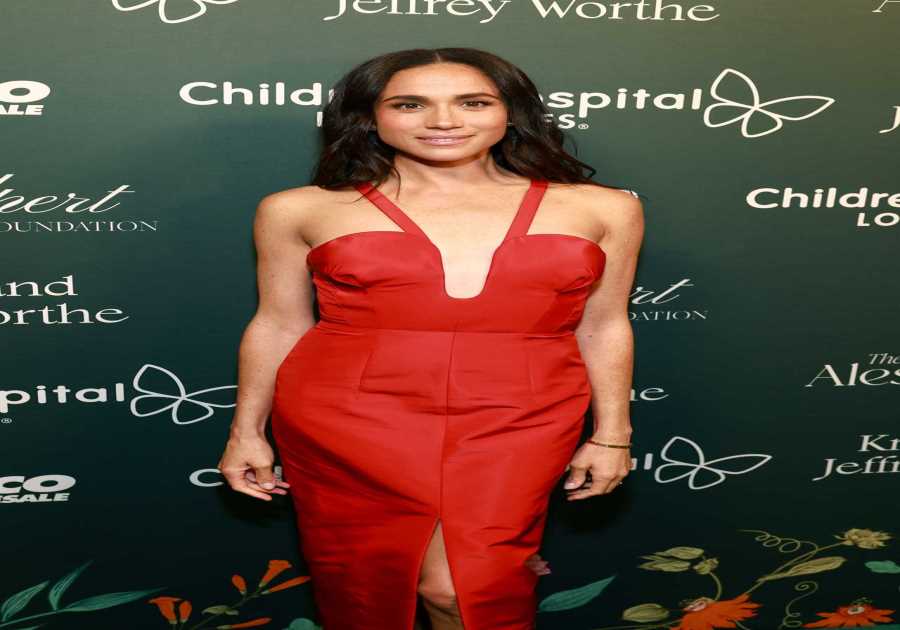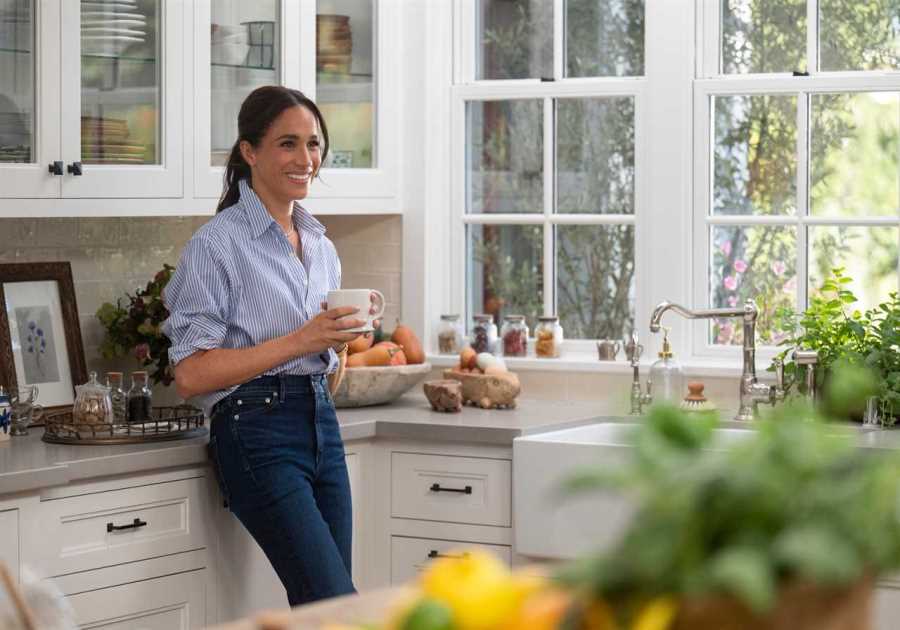WHEN the young Lady Diana Spencer first came to Balmoral Castle as a guest of Prince Charles in the early Eighties, Prince Philip made a huge effort to welcome her.
He recognised she was insecure and far more naive than his son’s previous selection of sophisticated blondes.

Read our live blog for the very latest news on Prince Philip’s death…
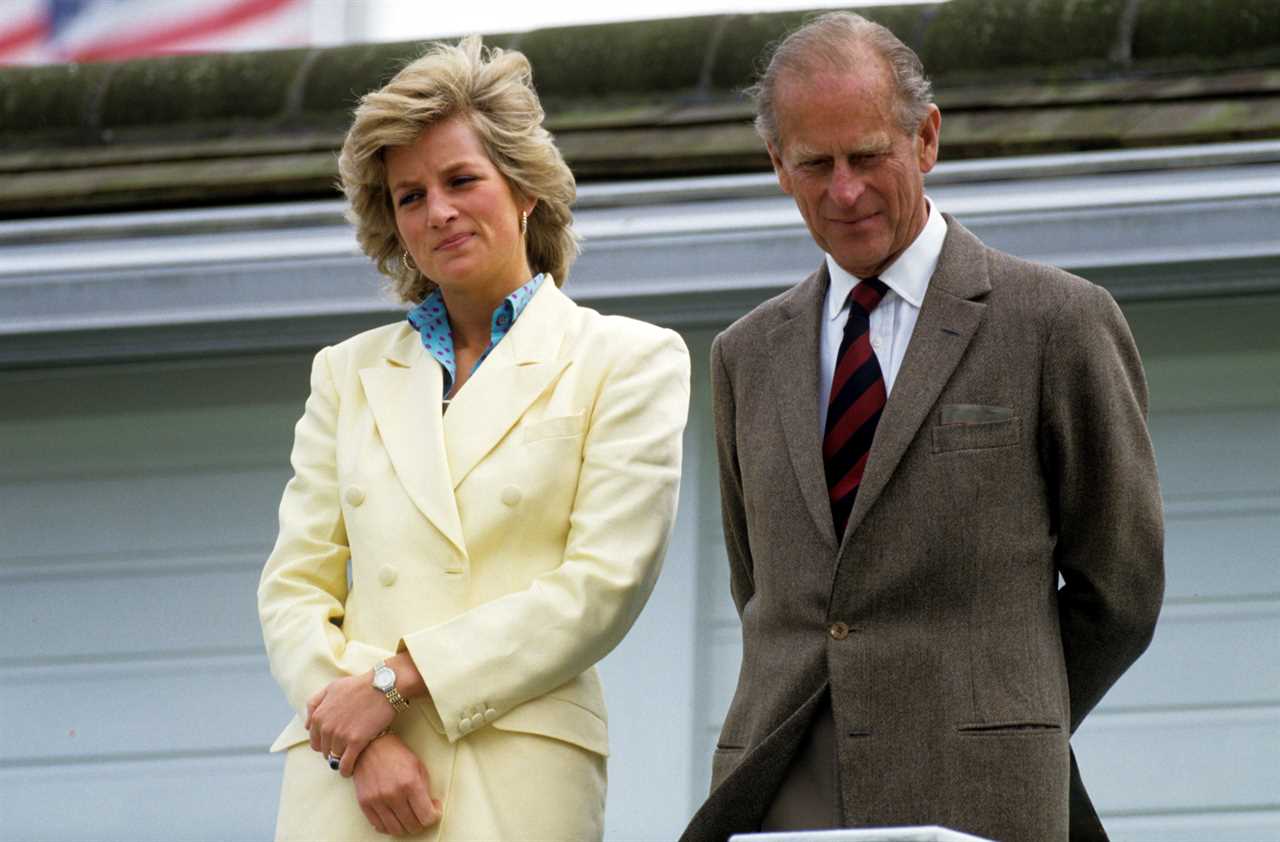
The Queen referred to Diana as “one of us” because her father, Lord Spencer, had been an equerry to King George V1.
For the first year of the Queen’s reign he was also an equerry to her, providing the vital link between the old and new reign.
The Spencer family lived nearby at Park House on the Sandringham estate and were frequent guests at the “big house”.
Rather than seeing her as a family friend, Philip recognised Diana as an awkward young girl, who was obviously overawed by the situation.
He frequently sat next to her at formal dinners in the candlelit dining room at Balmoral, and gave her a conspiratorial wink when the Queen’s piper appeared swirling around the table playing his bagpipes.
Although Diana could not think of anything to say to Prince Philip, he always engaged her in conversation.
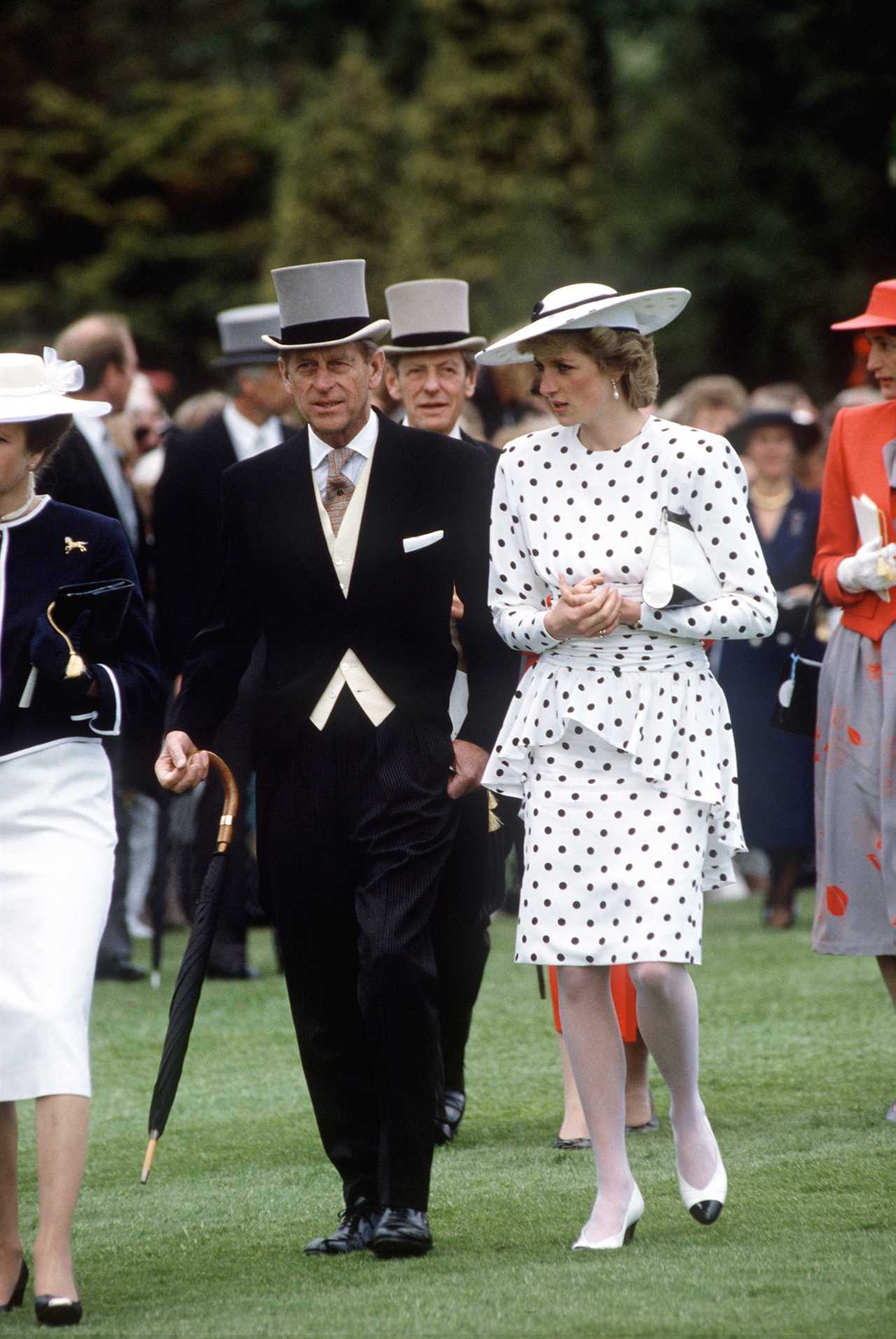
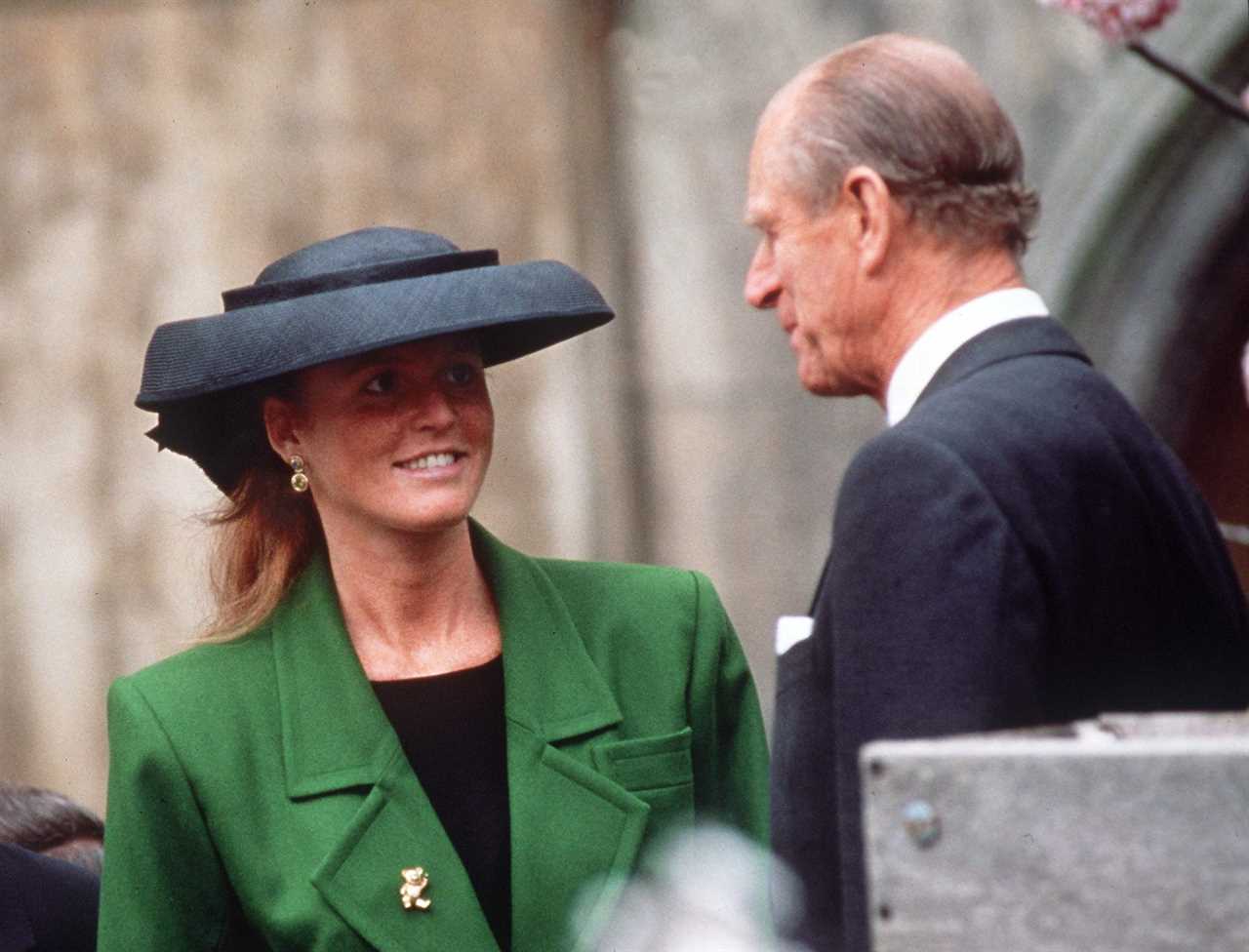
He was direct and straight to the point but never unkind. When Diana’s
relationship with his eldest son began to unravel, he started writing to her.
And when the Princess’s behaviour became what was considered irrational, he begged the Queen to be more positive with her daughter-in-law. But she would listen to Diana’s woes and do nothing.
Prince Philip explained to the Princess that he knew first-hand the
difficulties of marrying into the Royal Family and tried to make her deal
with her disintegrating marriage.
Their correspondence is documented in a series of letters which came to
light during the inquest into Diana’s death. He started communicating with
her by letter in June 1992 then wrote on a near-daily basis.
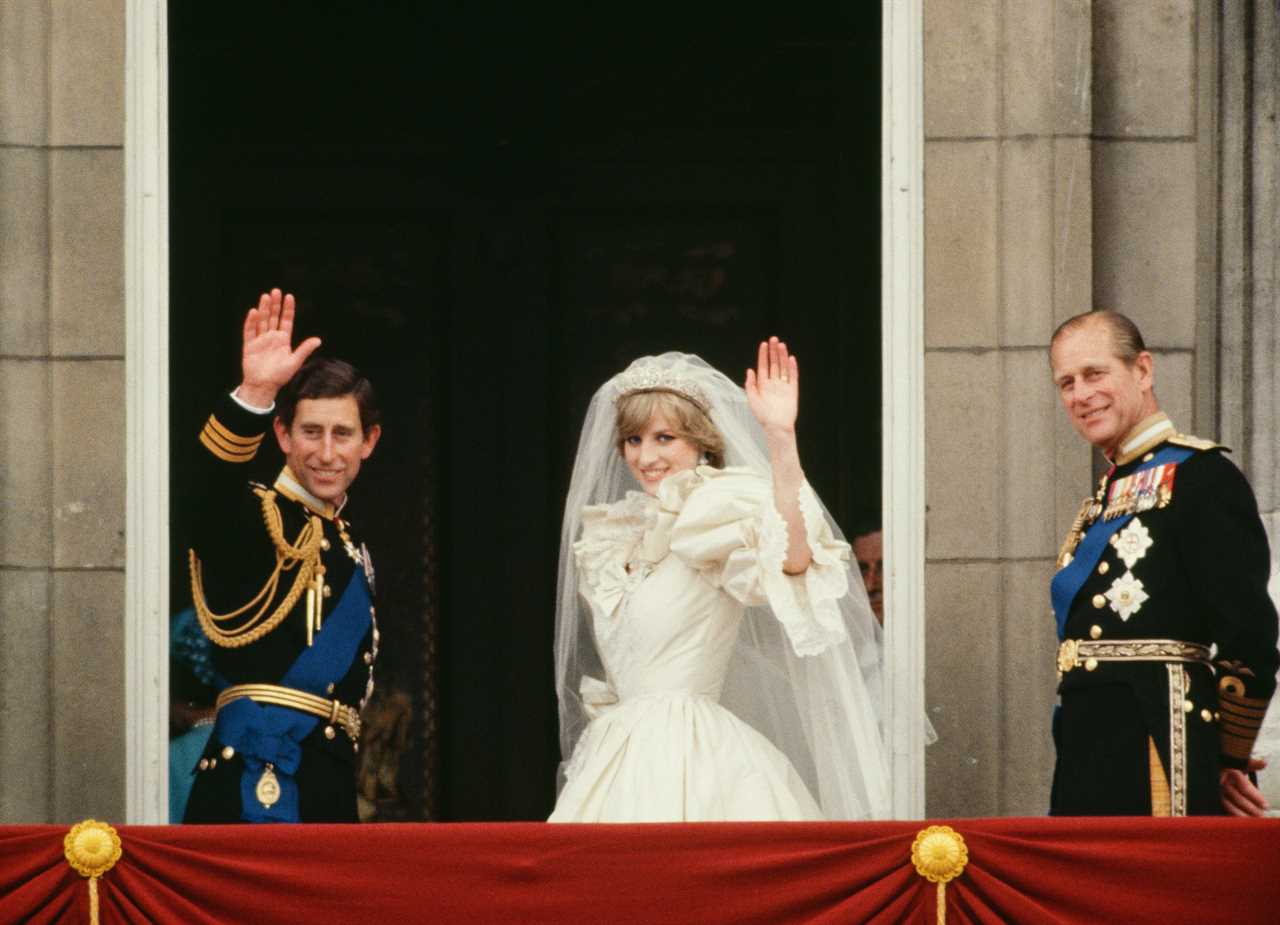
He suggested things Diana and Charles could do together and listed common interests they shared — not Philip’s style at all, as he admitted.
“I am quite ready to concede,” he wrote in a light-hearted vein, “I have no talent as a marriage counsellor.”
Diana addressed him throughout as “Dearest Pa” and one of her letters to
him began: ‘‘I was particularly touched by your most recent letter which
proved to me, if I didn’t already know it, that you really do care.”
The “form of communication” — as Philip called it — continued through
the summer of 1992, each taking great care with their tactful if over-polite replies.
“I still would like you to know how much I admire you for the marvellous
way in which you have tried to come to terms with this intensely difficult
family problem,” Diana gushed in a letter dated July 26.
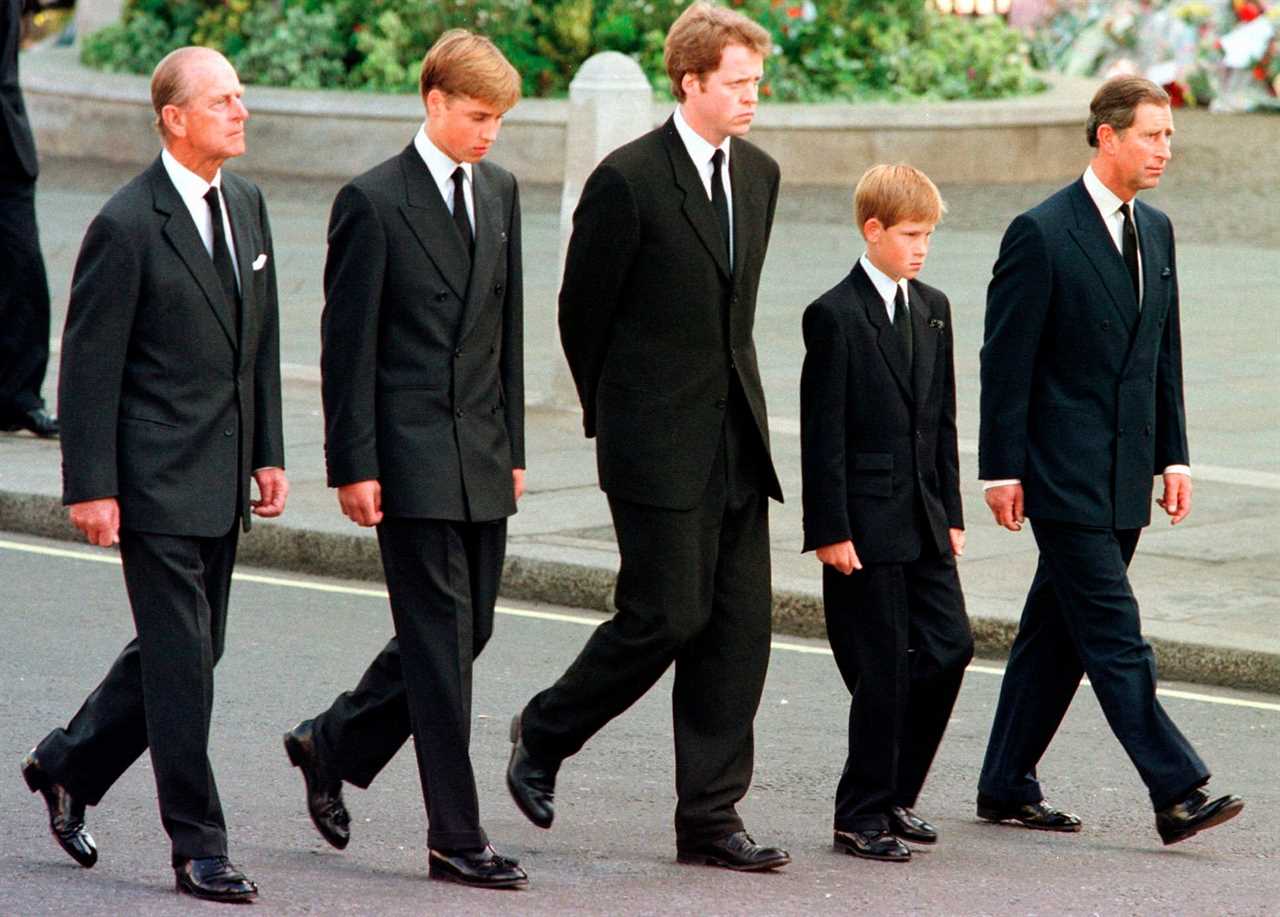
Philip’s missives became bolder as the situation worsened. He expressed
his concern about her bulimia and acknowledged it could have been responsible for some of her behavioural patterns.
He also acknowledged she was a good mother, but maybe she had been too possessive with her sons. Diana did not appreciate being told off and
furiously showed the letters to her friends, including Rosa Monckton and
Lucia Flecha de Lima, who helped her construct suitable replies.
He went on to suggest Diana’s behaviour might have even driven Charles into Camilla Parker Bowles’ arms.
He started one letter with the words: “Phew! I thought I might have gone a bit too far with that last letter.”
Diana acknowledged that Prince Philip’s letters were helpful in the beginning but as things became more difficult, his tone had changed.
The affection they once shared turned to mutual dislike and paranoia on Diana’s part.
